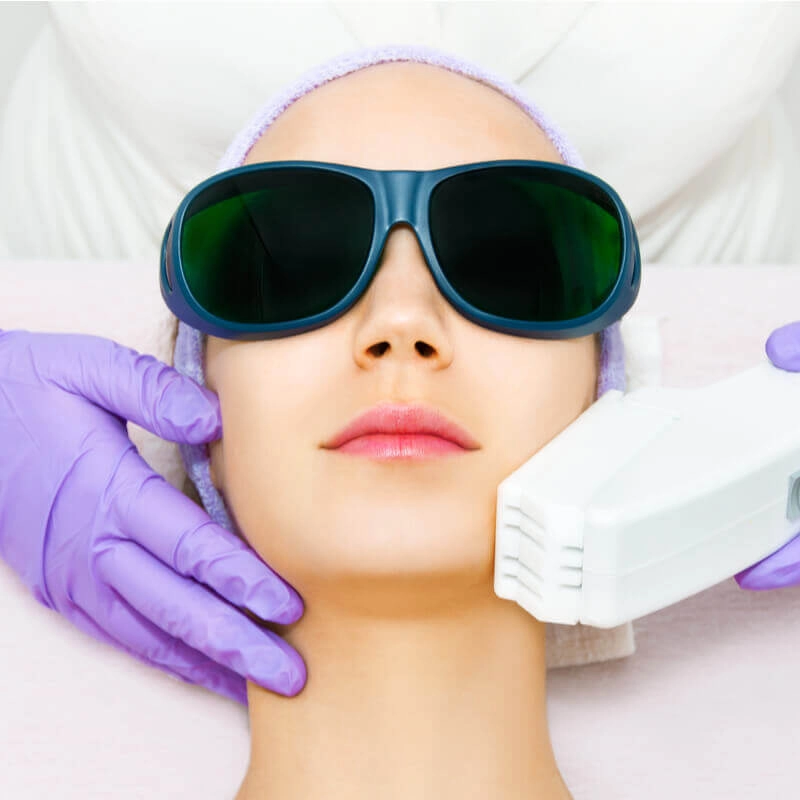Home/Wellness Zone/Sakra Blogs
28th Sep, 2020

Low Level Laser Therapy: An Untapped Resource in Dentistry
Wounds involving the oral mucosa and jaw bones are commonly encountered in oral surgical practice. Tooth extraction is the most common surgical procedure performed by dentists or oro-Maxillofacial surgeon.
One of the most important and common complications following tooth extraction is dry socket. This phenomenon occurs when a blood clot dissolves and consequently, the exposure of alveolar bone happens. Dry socket is marked by severe and progressive pain, halitosis, regional lymphadenitis, and activity reduction. It is mostly prevalent in surgical extraction of mandibular third molar. These complications reach their maximal at 12–48 h after surgery, but may completely resolve in 5–7 days .Also, due to its anatomical location in the mouth, the wound surface of the extracted socket is frequently disturbed by the mouth activities, which may lead to postoperative complaints by the patients rather than the surgery itself.
The applications of low power laser therapy in dentistry have been addressed by several studies. It is suggested that low-level laser therapy (LLLT) has several beneficial effects
Laser irradiation will significantly decrease pain, swelling, bruising and inflammation after an extraction thus requiring a decreased (or eliminated) need for post-operative analgesics when compared to conventional surgical extraction procedure. The speed of healing of the extraction site will also be increased and there will be a reduced likelihood of a dry socket (although in cases where a dry socket does occur, LLLT will dramatically decrease the pain and stimulate the covering of the exposed bone through the stimulation of fibroblasts).
One of the mechanisms proposed to be concerning the cellular effect of laser therapy is the capability of laser photons to change cellular metabolism. LLLT is suggested to act on mitochondria by removing nitric oxide from the respiratory chain, thus increasing the levels of adenosine triphosphate (ATP) and reactive oxygen species. As a result of these high levels of ATP (the energy currency for a cell), the metabolism and function of the cell increases in wounded, ischemic, or poorly perfused tissues.
Laser energy could enhance osteoblastic proliferation, collagen synthesis by fibroblast, activation of the lymphatic system, the proliferation of epithelial cells and fibroblast, increased angiogenesis and bone formation. Laser therapy could amplify the oral wound healing process by stimulating cell regeneration after injury, attenuating pain, and modulating the immune system.
LLLT requires a paradigm shift; instead of using drugs to treat the pain after it has started, a dentist now has the opportunity to start the pain management procedure immediately in the dental office. Also, in conventional surgical extraction procedure, wound healing and pain management will take a longer duration when compared to low-level laser therapy.
In an ageing population that is becoming wary of the over-prescription of pharmaceuticals which often carry harmful side effects, laser therapy is an effective alternate or adjunctive tool to achieve improved clinical effects.
The dental department of Sakra world hospital is well equipped with recent advances in laser technology where patients can avail this benefit of low-level laser therapy after post-surgical extraction procedure.
HOD & SENIOR CONSULTANT- PERIODONTIST & LASER PRACTITIONER
Book an AppointmentEnquire Now
